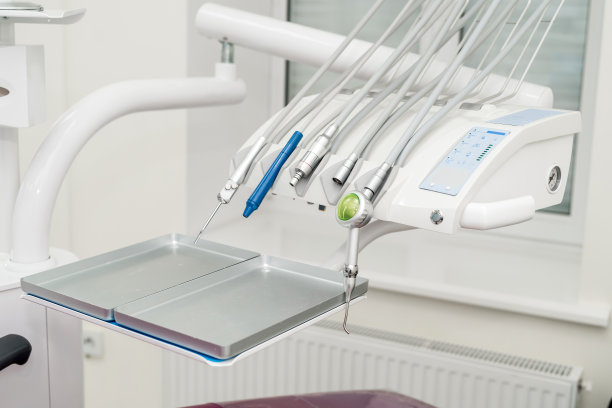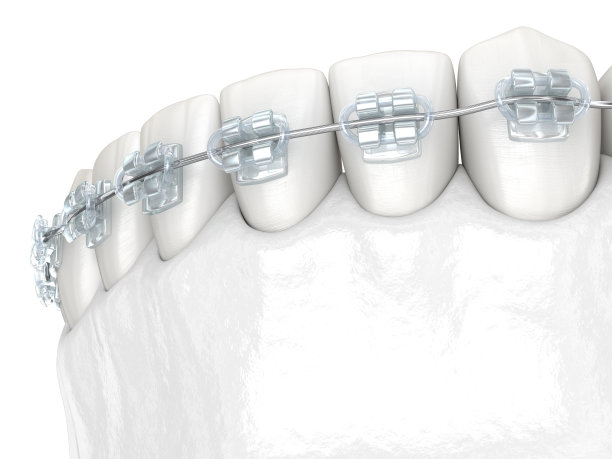Comprehensive Guide to Dental Implant Treatment Benefits Procedure and Recovery for a Healthy Smile
Summary: Dental implants have emerged as a transformative solution for those seeking to restore their smiles and regain confidence. This comprehensive guide delves into the myriad benefits of dental implant treatment, meticulously outlining the procedure, recovery process, and overall impact on oral health. From enhanced aesthetics to functional improvements, dental implants offer advantages that extend beyond mere looks. Following an in-depth exploration of the procedure itself, we will discuss the recovery expectations and how adopting proper care can ensure longevity. This article aims to equip readers with the necessary knowledge to understand dental implants fully and make informed decisions for a healthier smile.
1. The Benefits of Dental Implants

Dental implants present a multitude of benefits that enhance both functionality and aesthetics. One of the most significant advantages is their ability to restore natural chewing ability. Unlike dentures, which may slip or cause discomfort, dental implants provide a stable and secure option for eating, allowing individuals to enjoy their favorite foods without worry.
Another prominent benefit is the improvement in facial aesthetics. Dental implants can restore the natural shape of the face, preventing the bone loss and sunken appearance that often accompanies missing teeth. By maintaining the jaws structure, implants help preserve an individuals youthful looks.
Moreover, dental implants promote better oral health. They are designed to fuse with the jawbone, which prevents further bone deterioration. Additionally, they do not require the alteration of adjacent teeth, which is often necessary with bridges. This feature not only safeguards the integrity of surrounding teeth but also contributes to overall oral health and hygiene.
2. Detailed Procedure of the Implant Process
The dental implant process begins with a thorough examination and consultation with a dental professional. This initial step involves imaging tests, such as X-rays or 3D scans, to assess bone density and determine the best placement for the implants. Planning is crucial as it ensures the successful outcome of the procedure.
Once the assessment is complete, the surgical procedure can commence. During the first surgery, a titanium post is inserted into the jawbone, acting as the artificial tooth root. After this, the healing process begins, which typically lasts several months. This period allows the bone to grow around the implant, providing a strong foundation.
Subsequently, a second surgery is conducted to place an abutment atop the implant. This piece connects the implant to the crown, which will serve as the visible part of the tooth. Once healed, impressions are taken to create a custom crown that fits seamlessly into the patient’s smile. This meticulous process ensures that the final result is both functional and aesthetically pleasing.
3. Recovery Expectations After the Procedure
Recovery is a vital component of dental implant treatment, and understanding what to expect can help ease potential anxieties. After surgery, it’s common to experience some swelling and discomfort, which can be managed with prescribed medications and ice compresses. Most patients find that these symptoms subside within a few days.
Its crucial to adhere to post-operative care instructions provided by the dental professional. This may include dietary restrictions, such as avoiding hard or chewy foods during the initial healing phase. Maintaining good oral hygiene is also essential to prevent infection and promote healing.
Regular follow-up appointments are necessary to monitor the healing process. Successful integration of the implant into the jawbone takes time, but the rewards are well worth the wait. Most individuals can expect a seamless transition back to their normal routines within a week or two, with the promise of a restored smile ahead.
4. Long-Term Care and Maintenance for Implants
Proper long-term care is essential to ensure the longevity of dental implants. Daily oral hygiene practices, such as brushing and flossing, remain imperative as implants can still develop plaque and tartar buildup. Specialized cleaning devices may be recommended to clean around the implant effectively.
Routine dental check-ups are vital, as they allow dental professionals to monitor the condition of both the implants and the surrounding gums. Regular visits help in identifying any potential issues early, ensuring timely intervention if necessary.
It’s also advised to avoid behaviors that can jeopardize the integrity of implants, such as grinding teeth or using them as tools. By maintaining a proactive approach to dental care and addressing any concerns promptly, patients can enjoy the full benefits of their implants for many years to come.
Summary:
In conclusion, dental implants represent a powerful option for those seeking to enhance their smiles while reclaiming their confidence. The benefits extend from improved functionality and aesthetics to a healthier mouth overall. Understanding the detailed procedure and being aware of recovery and maintenance needs can significantly influence the success of the treatment. For anyone considering dental implants, thorough research and consultation with a qualified dental professional are crucial steps toward achieving a healthier smile.
This article is compiled by Vickong Dental and the content is for reference only.



